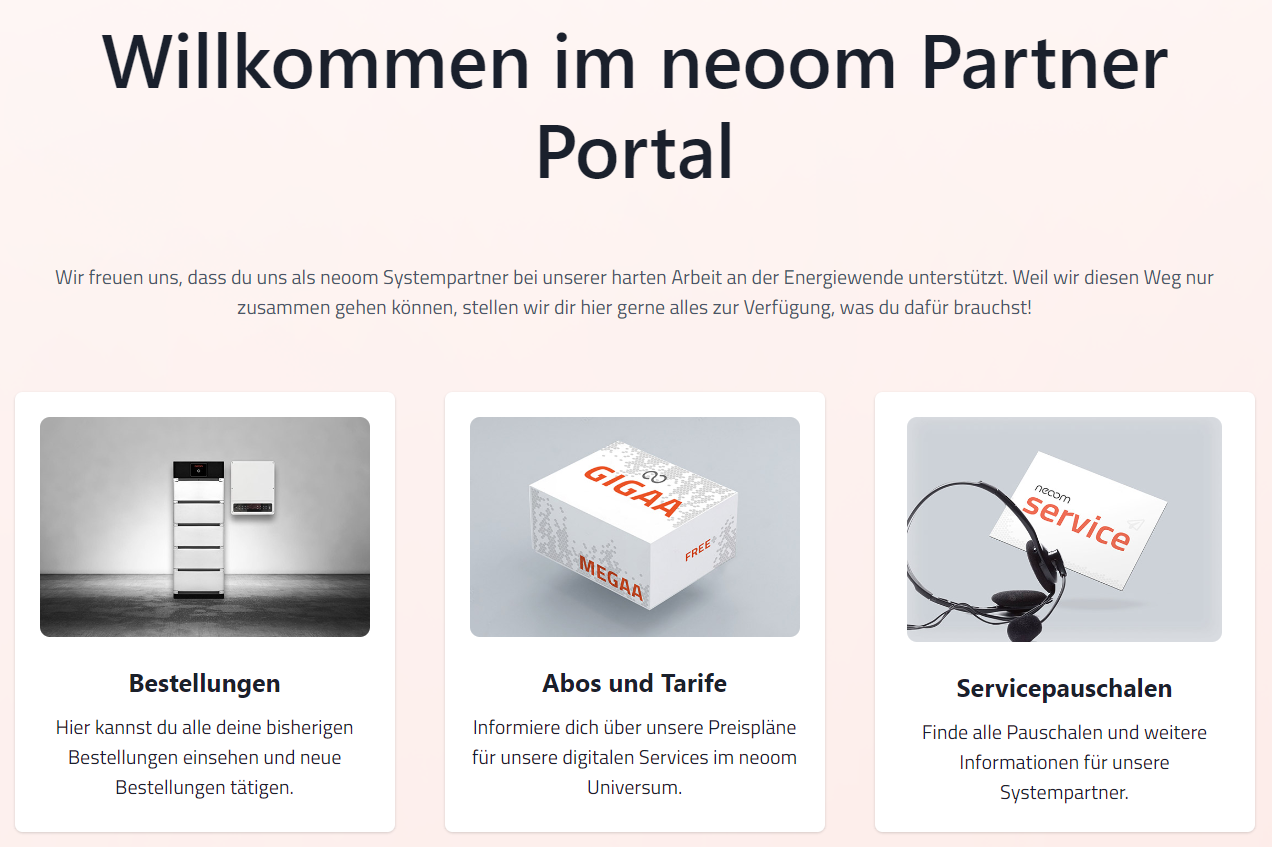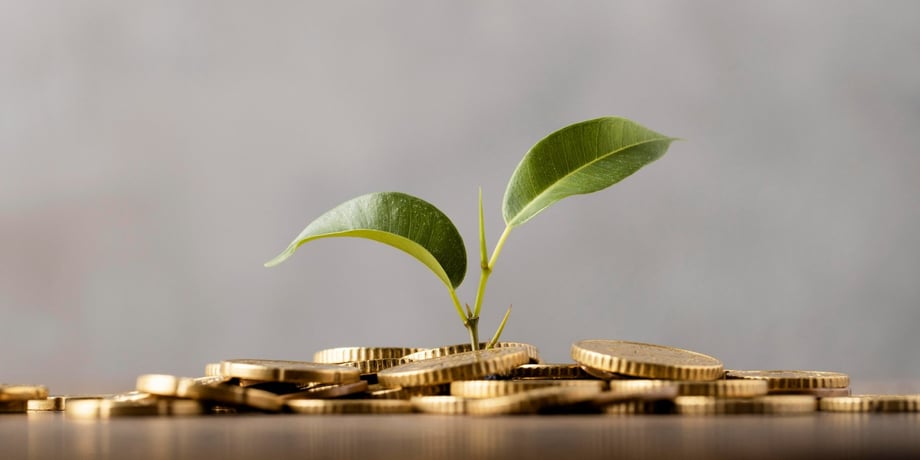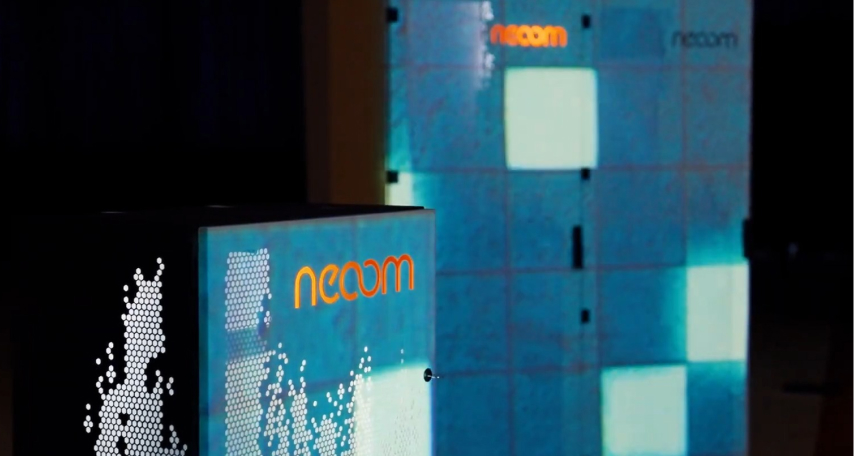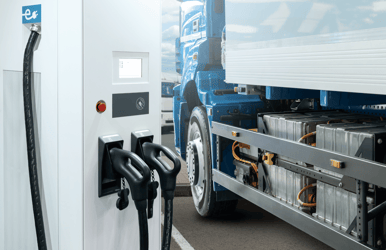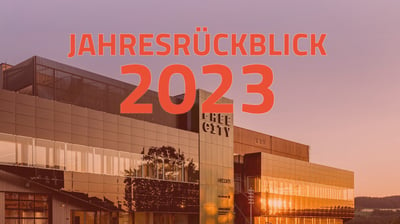In its 1990 amendments to the Clean Air Act, the U.S. Congress established the Acid Rain Program, aiming to reduce sulfur dioxide (SO2), the primary cause of acid deposition, by ten million tons relative to 1980 levels within the following two decades. Regulators capped power plants’ annual aggregate SO2 emissions and created a market for companies to buy and sell government-issued allowances. It was the world’s first large-scale cap-and-trade system, and the ten-million-ton goal was reached in 2007.
Cap and trade
Two years earlier, the European Union had set up its Emissions Trading System (EU ETS), the world’s first international emissions trading system and first major carbon market. Like the Acid Rain Program, EU ETS is based on the “cap and trade” principle. A limit is put on the total amount of certain greenhouse gasses - mostly carbon dioxide (CO2), but also nitrous oxide and perfluorocarbons - emitted by companies, and within this cap, businesses buy or receive emissions allowances which they can trade between themselves. These allowances are commonly referred to as carbon / CO2 certificates.
If a company fails to obtain the number of certificates required to fully cover its emissions, it has to pay a fine. If, on the other hand, it manages to reduce its emissions, it can keep the spare certificates it has purchased and use them in the future or sell them to another company that doesn’t have enough. There is a limit on the total number of certificates that the EU issues, which ensures that they have a certain value - the carbon price. In 2019, the EU introduced the Market Stability Reserve as part of the ETS, aiming to provide price stability by reducing the auctioning of new certificates as long as the number of allowances in circulation is above the threshold of 833 million. An oversupply has led to record low carbon prices over the past decade, which defeats the purpose of the mechanism: EU ETS gives CO2 a price, and the higher that price is, the more incentives it creates to reduce emissions and the more it stimulates investment in low-carbon technologies. Simply put, a high carbon price makes power generation from fossil fuels more expensive and green electricity sources more attractive.
The mechanism made a significant contribution to reducing greenhouse gas emissions by around 31% below 1990 levels by 2020. And yet, it is often criticized for not being effective enough. Recently, Poland’s Prime Minister, Mateusz Morawiecki, even demanded that it be temporarily suspended until “we secure energy for all of Europe and we bring back peace to Ukraine.” He was promptly rebuffed by EU Commission President Ursula von der Leyen, who pointed out that ETS costs only amount to around 6% of the electricity price, adding that the EU was working on an emergency tool and a structural reform of the electricity market. Indeed, lawmakers already reached an agreement on reforms back in May, but they included scaling back the bloc’s plans for a new mechanism that would impose CO2 costs on fuel suppliers for buildings and transport. Hardly the right direction, especially considering that even the International Monetary Fund (IMF) has described carbon pricing as a powerful and efficient tool that “allows firms and households to find the lowest-cost ways of reducing energy use and shifting toward cleaner alternatives.”
The price isn’t right
Overhauling ETS, especially if the change means that the mechanism will become lax, flies in the face of EU climate policy. Indeed, the EU Commission’s own website describes it as “a cornerstone of the EU’s policy to combat climate change.” Carbon trading should be seen as an important step towards decarbonization, provided that CO2 price increases: the more expensive carbon certificates become, the more environmentally-friendly decisions businesses make because it provides them an economic incentive to reduce their carbon footprint. It’s the cap-and-trade mechanism that will result in a price increase over time - right now, the price of carbon is far too low. It did reach an all-time high of 98 euros in mid-August, but it dropped below 70 euros in early September.
Similarly, the amount of carbon tax, which is the other main, but optional, type of carbon pricing alongside the EU ETS differs widely within the European Union. As of April 1, Sweden had the highest rate at 117.30 euros per ton; it was 42 euros in the Netherlands, and a measly seven cents (!) in Poland. Other countries have yet to introduce a carbon tax - after a delay, Austria is set to do so in October, determining the rate at 30 euros - while Germany recently announced that it would suspend the increase of its domestic carbon price for one year as part of a relief package. Given that carbon tax is not mandatory and dependent on national and economic circumstances, its contribution to a carbon-free future is currently rather modest. Not to mention that the system can be abused.
Last October, German economic daily Handelsblatt reported that some of the country’s biggest emitters had taken advantage of the ETS through carbon hedging, i.e. stocking up on carbon certificates when the price was only a few euros. Such incidents make many question how effective the mechanism really is as a tool against climate change, especially if both carbon prices and the fines companies that fail to cover their emissions have to pay are far too low. To paraphrase the IMF quote above, carbon pricing would work if it forced emitters to pay much more for their emissions so they have no choice but to shift toward cleaner alternatives.
Ultimately, no reform made to the ETS is likely to be as effective as implementing energy-efficient measures, saving energy, and switching to renewable sources.







